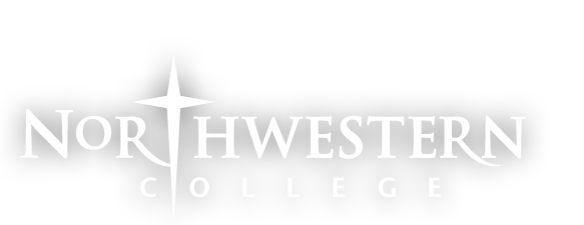Abstract
Phages are abundant particles that infect bacteria. For the SEA-PHAGES program, students discover phages and annotate their genomes. Throughout the annotation process, genes are identified based on bioinformatics evidence; however, little is known about mycobacteriophage promoters as they are not annotated. Promoters are necessary for gene expression, and in mycobacteriophages, a promoter typically precedes a series of genes that are expressed as a single transcript from which multiple proteins are translated. JacoRen57 is a singleton mycobacteriophage with a siphoviridae morphotype that possesses forward and reverse genes with gaps located at the transitions from forward to reverse genes. We hypothesized that these gaps contain promoters. We used BPROM and PePPER, prokaryotic promoter predictor software, which yielded matches to promoter consensus sequences in one of the gap regions. We cloned the putative promoter region into pLO86, a vector containing the mCherry reporter gene, to determine if the cloned region functions as a promoter by inducing mCherryexpression in Mycobacterium smegmatis. The putative promoter region did not function as a promoter in vivo under standard M. smegmatisgrowth conditions.
Included in
Exploring a Putative Promoter Region in Mycobacteriophage JacoRen57
Phages are abundant particles that infect bacteria. For the SEA-PHAGES program, students discover phages and annotate their genomes. Throughout the annotation process, genes are identified based on bioinformatics evidence; however, little is known about mycobacteriophage promoters as they are not annotated. Promoters are necessary for gene expression, and in mycobacteriophages, a promoter typically precedes a series of genes that are expressed as a single transcript from which multiple proteins are translated. JacoRen57 is a singleton mycobacteriophage with a siphoviridae morphotype that possesses forward and reverse genes with gaps located at the transitions from forward to reverse genes. We hypothesized that these gaps contain promoters. We used BPROM and PePPER, prokaryotic promoter predictor software, which yielded matches to promoter consensus sequences in one of the gap regions. We cloned the putative promoter region into pLO86, a vector containing the mCherry reporter gene, to determine if the cloned region functions as a promoter by inducing mCherryexpression in Mycobacterium smegmatis. The putative promoter region did not function as a promoter in vivo under standard M. smegmatisgrowth conditions.

